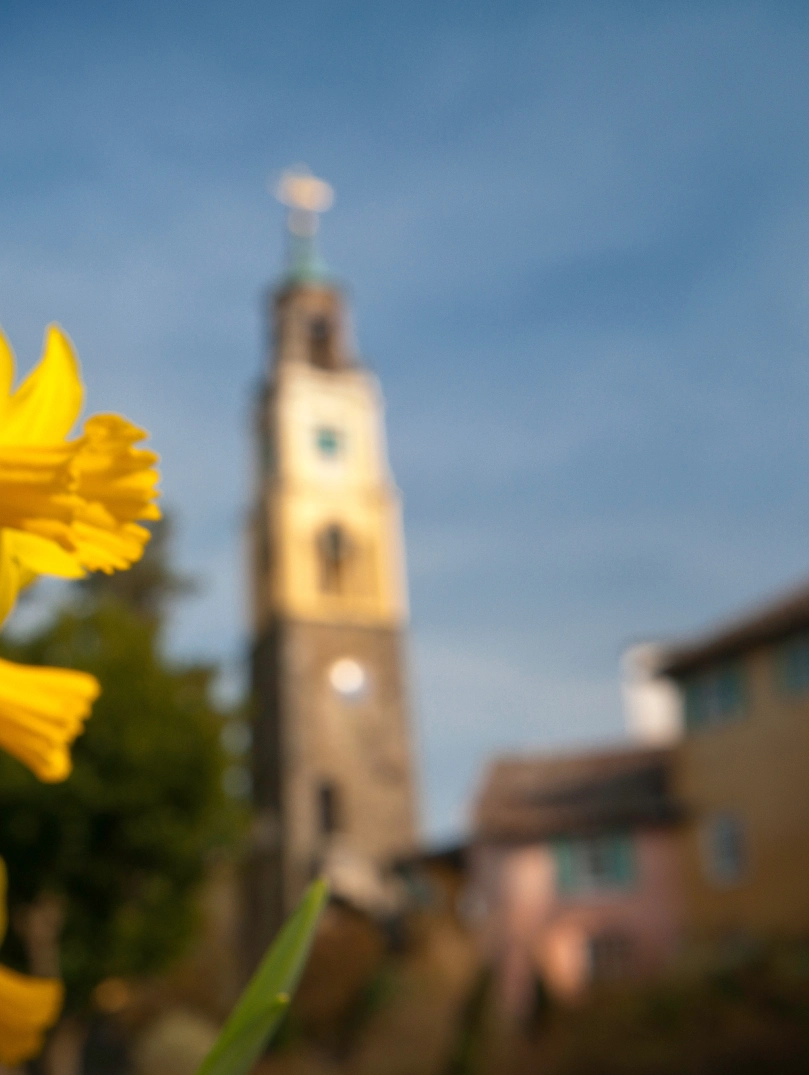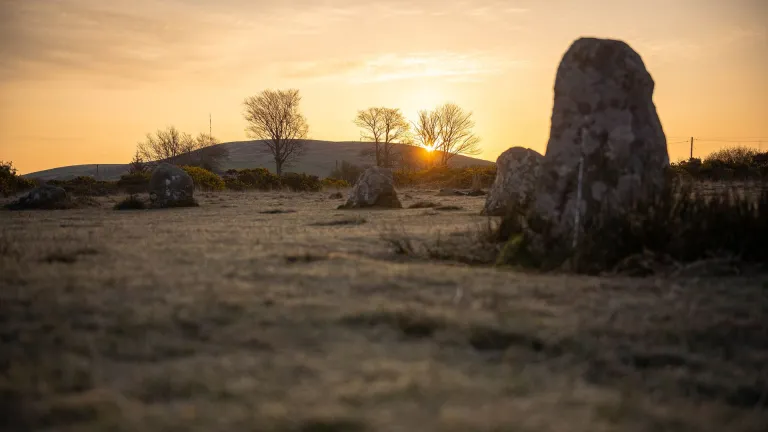
Top ideas to get active in springtime
Take a tip from Welsh wildlife and get active in spring with some great ideas to get out and about.
Topics:
© Hawlfraint y Goron / Crown Copyright
© Hawlfraint y Goron / Crown CopyrightCelebrating St David's Day - 1 March

Five facts about Saint David
Discover the answers to five frequently asked questions about St David, the patron saint of Wales.
Topics:

Epic ways to celebrate St David’s Day
The first day of March is celebrated in Wales with parties and parades. Here's how to join the fun.

Easter activities in Wales
New born lambs, walks and castles. We take you through the best Easter family adventures in Wales.
© Hawlfraint y Goron / Crown Copyright

Seven bank holiday activities you can bank on
Discover some of the many things you can do on a bank holiday in Wales.

What to do on a bank holiday in Wales this May
Why not join us for May Day weekend? There’s plenty to do over the bank holiday, we promise.
Topics:

Marvellous May: half-term fun for all the family
Beaches, book festivals, kite festivals and aquariums – great things to do this half term in Wales.
Topics:

Best places to see beautiful bluebells in Wales
From formal gardens to wild woods, here's our recommended top places to see bluebells in spring.

Wild ways to discover Wales' coastal wildlife
The coastlines and rivers of Wales attract a multitude of fascinating creatures and wildlife wonders.

The magic of Skomer Island
Meet the puffins on this special land, Skomer Island in Pembrokeshire.

Trips on water to float your boat
Take to the water to enjoy the wonderful scenery along our coasts and canals.
Search for places to stay, things to do, and things to see in Wales

Where to celebrate the changing of the seasons
A round-up of bold and breathtaking spots to see the sun come up.
Get active!

All you need to know about coasteering
Teacher and adventure guide Jon Haylock explains why Wales remains the heartland for coasteering.

Great walks for families
When the views are this epic, a stroll becomes a mini-adventure, even the most reluctant ramblers.

Learn the ropes with the family
High ropes centres are packed full of adventures and perfect for a family day out.

Fab family cycle trails in Wales
Enjoy safe, easy wheeling on these family cycle routes around Wales
Days out

Mad for museums in Wales
Wales has over 90 accredited museums, ranging from industrial heritage, to textiles and fine art.

Heritage railway heaven
Wales is home to some of the most famous narrow gauge and miniature gauge railways in the world.

A day at the zoo
A showcase of Welsh wildlife and a celebration of exotic animals and marine life of the world.

Welsh lakes and reservoirs to explore
Go kayaking, cycling, walking or wildlife-watching in our beautiful Welsh lakeland landscapes.

Events and days out in March
Find out what events and festivals are taking place in March. We've picked some great events.

Events and days out in April
Spring is in full swing. So don't be an April fool - make sure you visit Wales this month.

Events and days out in May
We've picked some great events and festivals to help you plan your next day out in May.

Alternative festivals and cool culture
As well as our signature festivals, discover the more intimate, boutique Welsh gatherings to enjoy.
We'd Like to Hear From You
By answering a few questions, we'll give you the chance to win one of three £100 prizes. By doing so you will also help us improve this website and help with your holiday planning and travel needs.
Good for you. Good for us. Teamwork!



